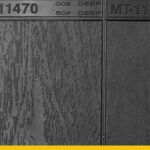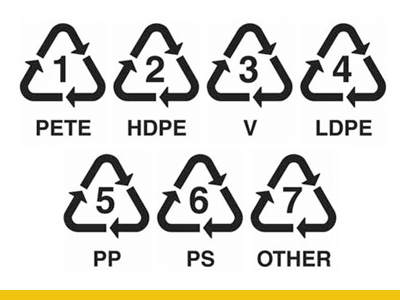The marking of components manufactured from plastics, rubbers and thermoplastic elastomers is one aspect of the Design for Environment (DfE) process, which aims to minimize the environmental impact.
In order to maximize the intrinsic value of these materials, they must be easily identified and then separated at end-of-life according to their material type and chemical structure. Attempting to recycle poorly separated polymer or rubber materials at end-of-life will result in a poor quality material, which has low or zero monetary worth and properties that make it suitable for only the most undemanding of applications.
Through ensuring that materials are properly separated prior to recycling, the mechanical and aesthetic properties of the resulting recycled material can be maximized, thus dramatically increasing the value and suitability of the recycled material for future applications. This is best achieved through providing a clear marking on the surface of the plastic or rubber component in line with ISO 11469 and associated standards. To identify all of the various plastics, rubbers and thermoplastic elastomers without the aid of markings would be prohibitively cost intensive and therefore must be avoided.
The marking for a polymer that contains fillers, plasticizers and flame retardants will look something like the following:

In all instances, the letters and numbers representing the plastics, rubbers and thermoplastic elastomers are to be placed in-between “>” and “<” as indicated above.
For any questions regarding how to mark your plastic items please do not hesitate to contact us at TTH






